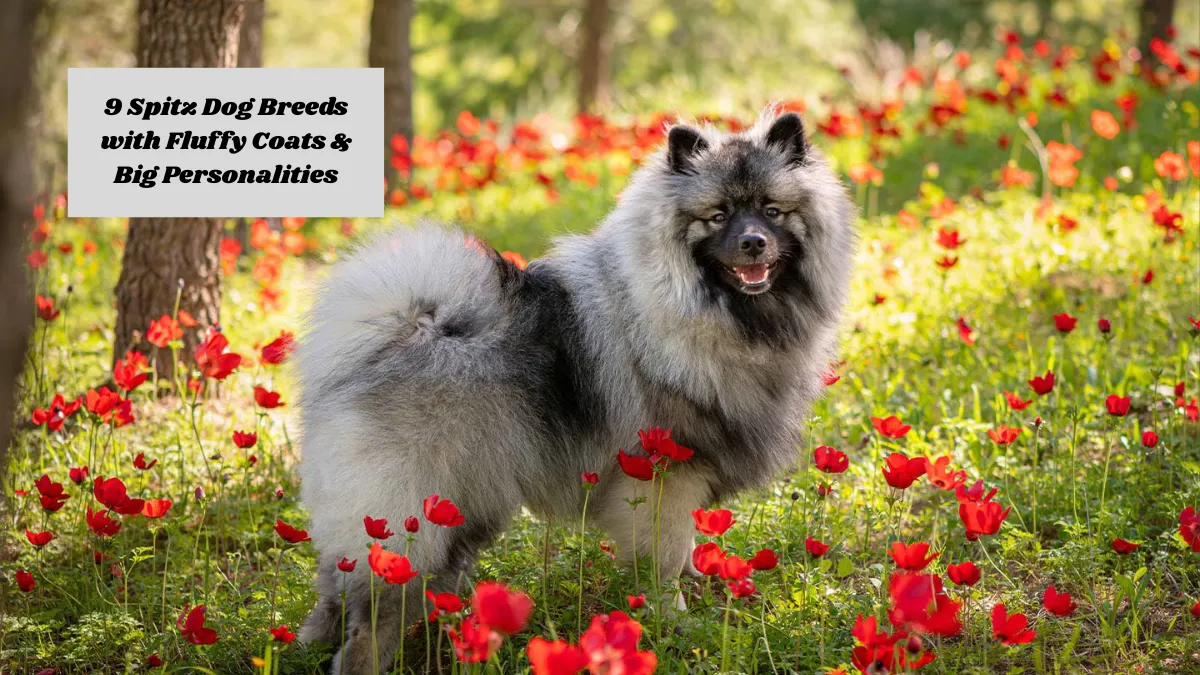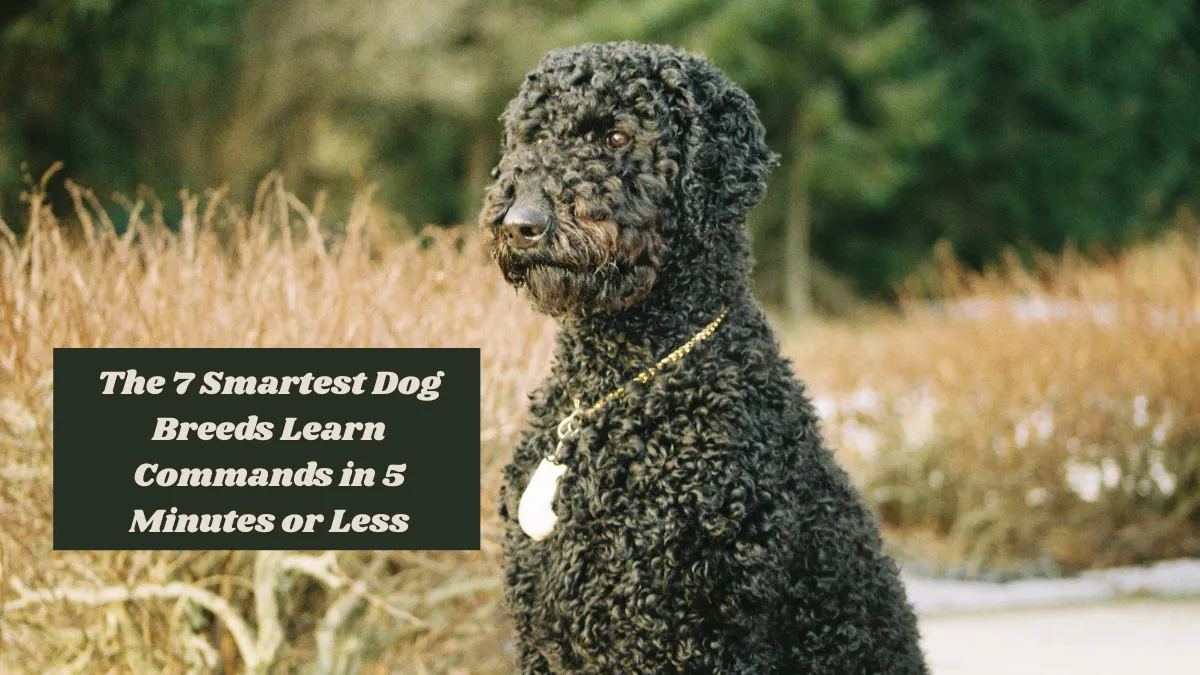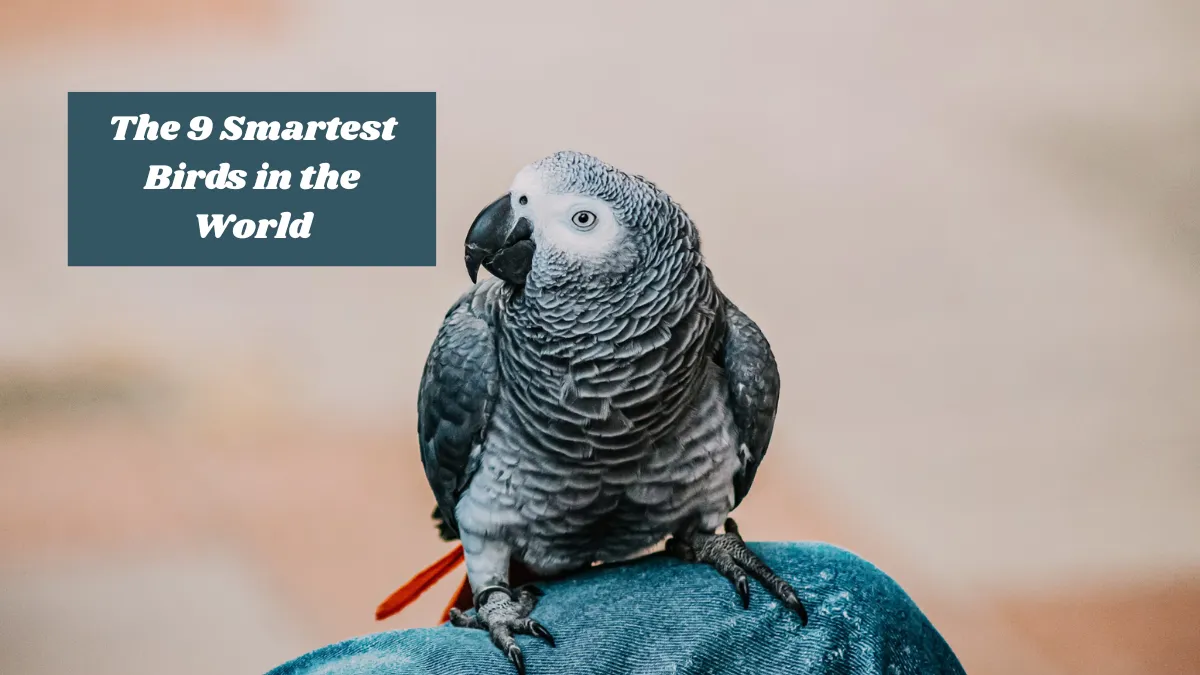Fluffy coats, pointed ears, and curled tails, Spitz dog breeds are instantly recognizable for their striking looks and arctic charm
Although “Spitz” isn’t a specific breed, it refers to a broad category of dogs that share common physical traits and ancestral purposes. With their thick fur, pointed ears, and curled tails, these canines often resemble foxes or wolves. Bred to survive and assist in frigid regions, they played essential roles like pulling sleds, guarding homesteads, and herding livestock, showcasing both utility and resilience in the most demanding climates.
These breeds have their roots in snowy areas such as Scandinavia, Russia, and parts of North America, and their fluffy coats helped them endure harsh winters. Their layered fur, keen eyes, and upright ears serve both function and fashion. Most Spitz dogs are energetic and clever, requiring regular physical exercise and mental challenges to remain content. While many still hold working roles, they’ve also become treasured companions for families and individuals alike.
For dog lovers who appreciate a mix of rugged history and luxurious fluff, Spitz breeds offer an irresistible combination of charm, intellect, and confidence.
Spitz Dog Breeds
1. Keeshond
The Keeshond perfectly embodies the Spitz type with its abundant coat, curled tail, and sharp, expressive features. This medium-sized breed has a strong Dutch heritage, where it once served as a sentinel on canal barges. Beyond its watchdog role, the Keeshond was cherished for its loyalty and cheerful demeanor, making it a staple in family homes.
The breed is incredibly adaptable and bonds closely with its humans, often thriving in family environments that include children and other pets. Its naturally friendly and people-oriented disposition makes training a rewarding experience, and its temperament is suited for both urban and rural living.
What sets the Keeshond apart among its Spitz relatives is its “spectacle” markings—distinct rings of fur around the eyes that resemble eyeglasses. These give it a uniquely alert and intelligent expression. A thick mane encircles its shoulders and chest, lending the dog a noble presence befitting its rich heritage.
Coat colors typically blend black, cream, and gray in a dramatic mix. Regular grooming with a pin brush once a week is generally enough to keep their plush appearance in good shape, as recommended by the AKC.
Fun Fact: Once a patriotic emblem in the Netherlands, the Keeshond still enjoys admiration for its warm personality and distinguished appearance.
2. Siberian Husky
With its striking wolf-like features and unmatched energy, the Siberian Husky stands out as one of the most recognizable Spitz breeds. These athletic dogs were developed by the Chukchi people to pull sleds across vast frozen landscapes. They are built for endurance, capable of traveling long distances in extreme conditions while remaining social and affectionate.
These dogs are smart, playful, and a little mischievous, traits that endear them to experienced dog owners. However, their independent streak and high energy make them a challenge for beginners unless they’re prepared for active daily routines and firm training.
Huskies feature a thick, weatherproof coat that ranges in colors like black, tan, and gray, often paired with striking facial patterns and piercing blue or brown eyes. Sometimes, they even have heterochromia—two different colored eyes—which adds to their mystique.
Their thick double coat provides insulation from the cold but requires routine brushing, especially during seasonal shedding. Britannica notes that their elegant yet powerful gait is a product of their history as sled dogs. With high prey drives and strong work instincts, they need both mental and physical tasks to stay balanced.
Fun Fact: During the 1925 diphtheria outbreak in Nome, Alaska, Huskies heroically transported life-saving serum across nearly 700 miles—an act now commemorated by the Iditarod race.
3. Icelandic Sheepdog
The Icelandic Sheepdog is the only native breed from Iceland, descended from dogs brought by Norse settlers over a millennium ago. Designed to handle the rugged Icelandic terrain, they served as multipurpose herders, working with sheep, horses, and cattle.
Weighing around 25 to 30 pounds, these medium-sized dogs have a spirited personality and love to be involved in family life. They are lively and eager, happiest in homes where they are regularly challenged and exercised both physically and mentally.
Displaying all the hallmark Spitz features—upright ears, curled tail, and thick coat—the Icelandic Sheepdog has an appealing fox-like charm. Always cheerful and expressive, they are known for their constant tail-wagging and alert nature, traits that make them delightful yet vigilant pets.
PetMD reports that Icelandic Sheepdogs are exceptionally quick learners. Their intelligence and love of work make them ideal for homes that can provide a structured and stimulating environment.
Fun Fact: As Iceland’s sole native dog, the Icelandic Sheepdog is a living link to the Viking age, with a lineage spanning over 1,000 years.
4. Pomeranian
Don’t let their tiny size fool you—Pomeranians are bursting with personality. The smallest of the Spitz breeds, these toy dogs are lively, expressive, and brimming with confidence. According to Purina, their charm lies not only in their fluffy appearance but also in their animated, friendly nature.
Pomeranians carry all the signature Spitz features in miniature: perky ears, a thick double coat, a curled tail, and a sharp, foxy face. Despite weighing less than seven pounds, these little dynamos are brave and affectionate, often forming tight bonds with a favorite person.
Their vivacious nature is coupled with a strong desire for attention. They excel at learning tricks, enjoy mental games, and are often stars in canine sports and therapy programs. Their coat requires consistent grooming due to its density and puffball look.
These compact dogs are natural sentinels, often sounding the alarm even at the slightest noise. While this makes them good alert dogs, they may bark more than necessary without proper training.
Fun Fact: Pomeranians descend from large Arctic sled dogs and were adored by historical figures like Queen Victoria, who helped popularize the breed by breeding smaller versions.
5. Samoyed
The Samoyed offers an ideal blend of utility and elegance, wrapped in a cloud of snowy white fur. Originally bred by the Samoyedic people of Siberia, these dogs were all-purpose workers: herding reindeer, hauling sleds, and even helping keep their humans warm at night.
Known in Europe as “Bjelkiers,” Samoyeds are energetic, affectionate, and thrive in active homes. WebMD emphasizes their friendly, people-loving nature, which makes them excellent family pets but also dogs that demand attention and engagement.
Their most iconic feature is the “Sammy smile,” a curved mouth that helps prevent drool from freezing in frigid climates. Their thick coat features a rough outer layer and a dense, insulating undercoat, perfectly suited for cold environments.
Though stunning, the Samoyed coat requires diligent grooming to manage shedding and prevent matting. These dogs are intelligent, vocal, and love to stay involved with household activity, often seeking interaction and play.
Fun Fact: The Samoyed’s famous grin is not just adorable—it evolved to prevent icicles from forming around the mouth during icy Siberian winters.
6. Shiba Inu
The Shiba Inu is a bold and compact Spitz-type dog that originated in Japan, where it was bred for hunting small game in mountainous regions. Agile and strong, this breed is now cherished as Japan’s top companion dog, admired for its independence and fiery spirit.
Shibas are loyal to their families but can be wary of strangers, making early socialization important. Known for their strong will, they require patience during training, but their cleverness and cleanliness often win people over.
Their double coat comes in red, sesame, or black and tan, and their upright ears, curled tail, and alert expression reflect their Spitz heritage. Their proud, fox-like stance complements their confident demeanor.
Though smart, Shibas often prefer to make their own decisions. Off-leash reliability can be an issue, so they’re best kept on a lead in open spaces. Despite this independence, they form deep bonds with their human companions.
Fun Fact: Shiba Inus groom themselves much like cats and are known for their clean habits, making them one of the tidiest breeds around.
7. Chow Chow
Among the oldest Spitz-type dogs, the Chow Chow hails from ancient China, with records dating back over 2,000 years. Once used for hunting, guarding, and pulling carts, the Chow has maintained its serious and aloof temperament over the centuries.
Although often reserved with strangers, Chow Chows are deeply devoted to their families, offering calm, composed companionship. Their independent mindset can make them less demonstrative, but their loyalty runs deep.
Chow Chows stand out with their lion-like mane and unique blue-black tongue—a rarity among dog breeds. Their wrinkled faces and solemn expressions give them a dignified, statuesque presence, further enhanced by their plush double coat.
Coats come in rich shades including cream, blue, black, red, and fawn. Their naturally clean habits make them relatively easy to housebreak, a trait not always common in dogs with such thick coats.
Fun Fact: With a history stretching back to the Han Dynasty, the Chow Chow is believed to be among the earliest examples of Spitz dogs known to man.
8. Alaskan Malamute
The Alaskan Malamute is a true powerhouse, originally developed to haul heavy loads through Alaska’s frozen wilderness. Considered one of the most ancient sled dogs, this breed balances strength with an affectionate nature that makes it a family favorite.
Despite their massive size and stamina, Malamutes are loving and gentle, preferring human companionship over solitude. Their noble, fun-loving personalities make them perfect for homes where they are seen as part of the pack.
These dogs feature a thick double coat that shields them from the cold, with colors ranging from white and black to shades of brown and red. Their almond-shaped eyes and full, curled tails showcase their Spitz lineage in both beauty and utility.
Though they may not be great guard dogs due to their friendliness, they do require firm leadership and ample exercise to prevent boredom. Their natural independence means early training is essential to cultivate their best behavior.
Fun Fact: Malamutes are often referred to as “gentle giants” and, despite their working background, prefer cuddles and companionship over confrontation.
9. Norwegian Buhund
An original Spitz breed with deep Viking roots, the Norwegian Buhund was once a versatile farm dog used for herding and guarding. With a lively spirit and sharp intelligence, these dogs excel in homes where they can remain active and mentally stimulated.
Naturally friendly and affectionate, Buhunds build strong emotional connections with their people. Their alertness and cheerful demeanor make them effective watchdogs without the aggression often associated with guard breeds.
Their coat, a key Spitz trait, features a thick outer layer and a dense undercoat, offering both insulation and visual appeal. A thicker fringe of fur appears around the neck, thighs, and chest, adding to their robust yet charming look.
They are typically found in wheaten shades or all black, and their agility and responsiveness make them standouts in canine sports. Buhunds thrive when they have jobs to do or puzzles to solve, channeling their energy productively.
Fun Fact: Norwegian Buhunds frequently accompanied Vikings on journeys, helping with daily tasks and serving as loyal companions in both travel and settlement.
Conclusion
Spitz dog breeds are much more than their iconic looks—they’re living testaments to endurance, adaptability, and affection. From the lovable Keeshond with its signature facial markings to the historic Norwegian Buhund, these breeds transitioned from working in harsh terrains to enriching modern households with loyalty and liveliness. Their common traits—erect ears, fluffy coats, and high energy—require environments that cater to their active minds and bodies.
Beyond the breeds discussed, other stunning Spitz breeds like the German Spitz and Finnish Lapphund also shine with similar resilience and charm. Recognized by the American Kennel Club for their variety and versatility, Spitz breeds differ in size and demeanor, yet they all offer deep companionship and spirited personalities to those ready to welcome them.



